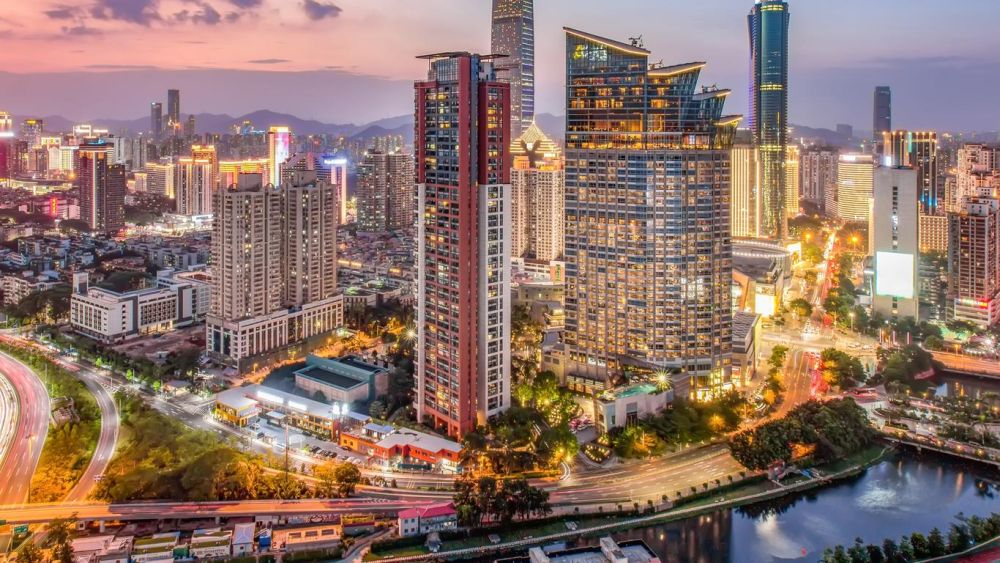

In the late 1970s, Shenzhen was a small fishing village with a modest population. Its transformation began when the Chinese government, under the leadership of Deng Xiaoping, designated it as the first Special Economic Zone (SEZ) in 1980. This pivotal decision was aimed at attracting foreign investment and implementing economic reforms. The SEZ status offered more liberal economic policies and greater autonomy, which catapulted Shenzhen into an era of rapid growth.
The initial stages of Shenzhen's tourism were closely tied to its economic development. As the city prospered and its skyline burgeoned with skyscrapers and modern infrastructure, Shenzhen started to draw the attention of both domestic and international travelers. The city's proximity to Hong Kong, one of Asia's major travel hubs, further facilitated its exposure to tourism.
Window of the World, a theme park featuring miniature replicas of famous landmarks, and Splendid China Folk Village, which presents China's cultural diversity, were among the first attractions to captivate tourists. These theme parks, which opened in the early 1990s, signaled Shenzhen's ambition to become a significant player in China's tourism industry.
Over the years, Shenzhen has diversified its offerings to appeal to a wider tourism market. Aside from theme parks, tourists are now attracted to the city's shopping districts, tech innovation tours, art venues like the OCT-LOFT Creative Culture Park, and green spaces such as Fairy Lake Botanical Garden.
Modern attractions like the Shenzhen Museum and the stunning architecture of the Ping An Finance Centre now contribute to the city's contemporary vibe. Moreover, Shenzhen's recognition as a UNESCO City of Design has highlighted its commitment to cultural tourism and artistic innovation.
In recent years, Shenzhen has seen a new trend in technology-based tourism, with visitors flocking to see the headquarters of high-tech giants like Huawei and Tencent. This has introduced a new facet to urban tourism by integrating tech experiences with traditional sightseeing.
Moreover, Shenzhen's authorities are investing in sustainable tourism. This includes improving the green cover of the city, promoting eco-friendly travel initiatives, and enhancing the visitor experience at natural attractions.
Medical tourism is another trend gaining momentum in Shenzhen, with its state-of-the-art medical facilities attracting patients from around the world seeking high-quality medical services.
The global COVID-19 pandemic has had a significant impact on tourism worldwide, and Shenzhen is no exception. The city has adapted by focusing on domestic tourism and enhancing health and security measures to reassure visitors. As travel norms evolve, Shenzhen is expected to continue to innovate and adapt its tourism offerings to meet new challenges and expectations.
Looking ahead, Shenzhen's ambition to be an international tourism destination is supported by its vibrant culture, technological prowess, and a constant drive to improve and transform its tourism sector, ensuring its resilience and sustained appeal.